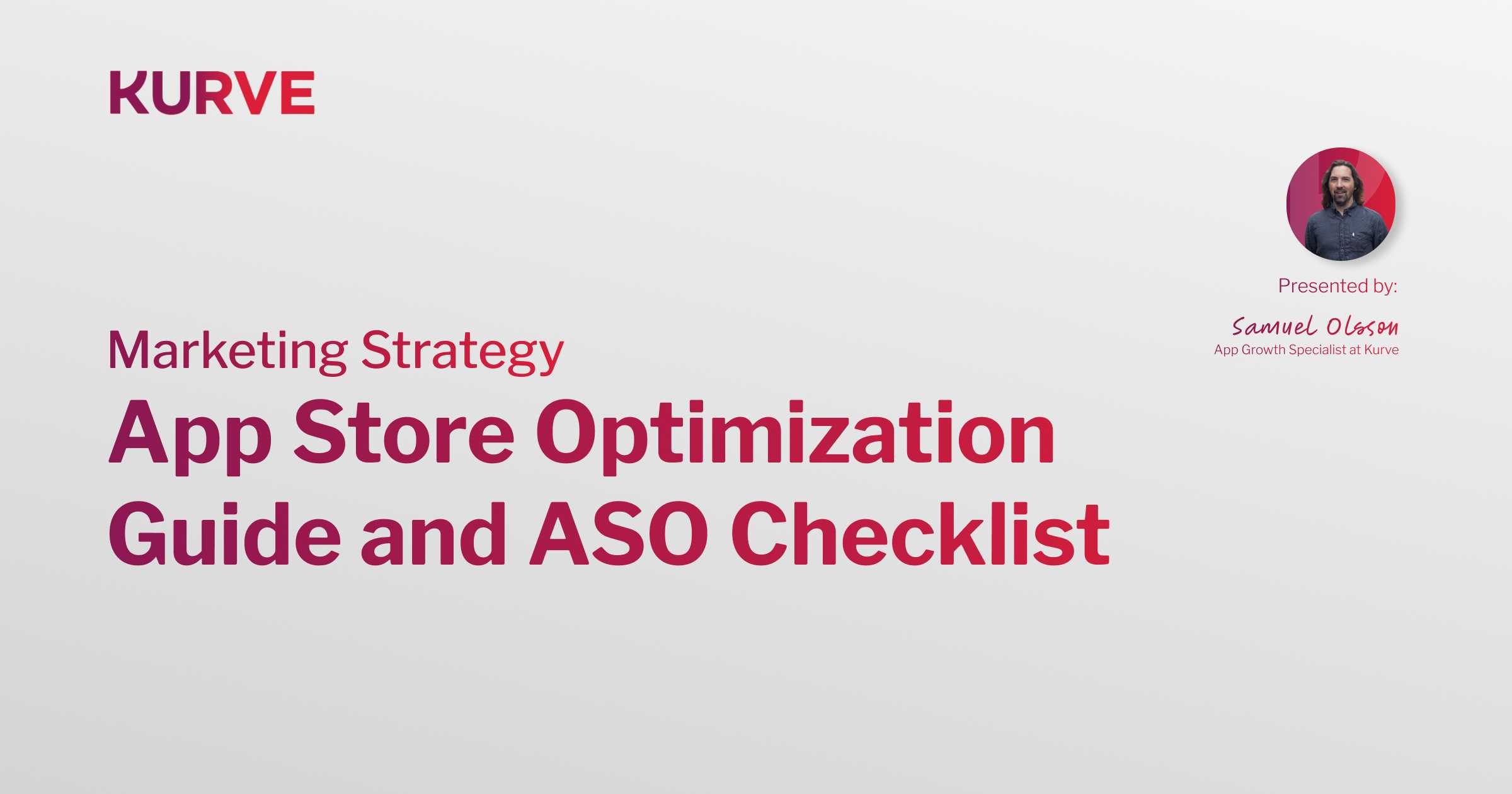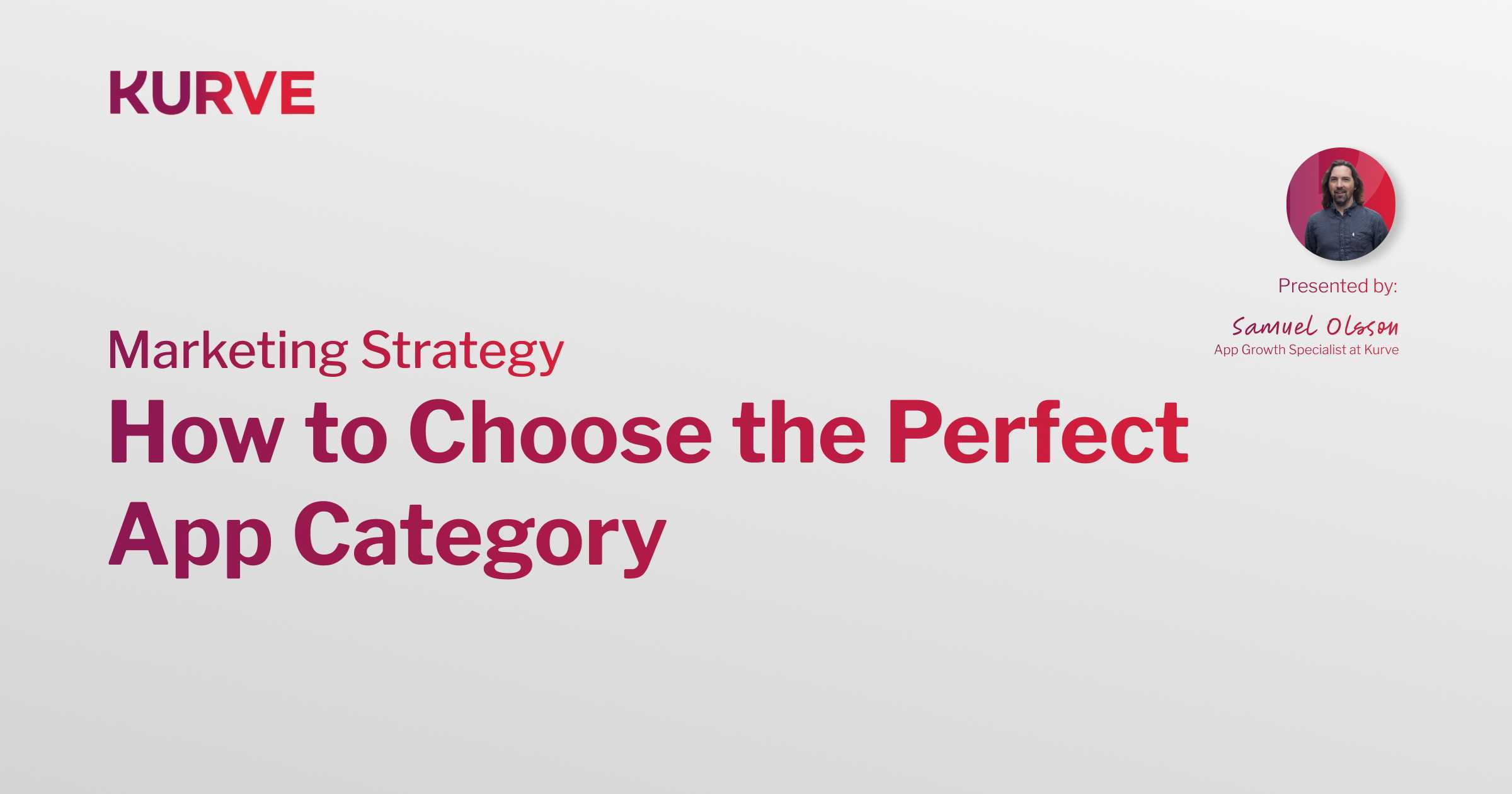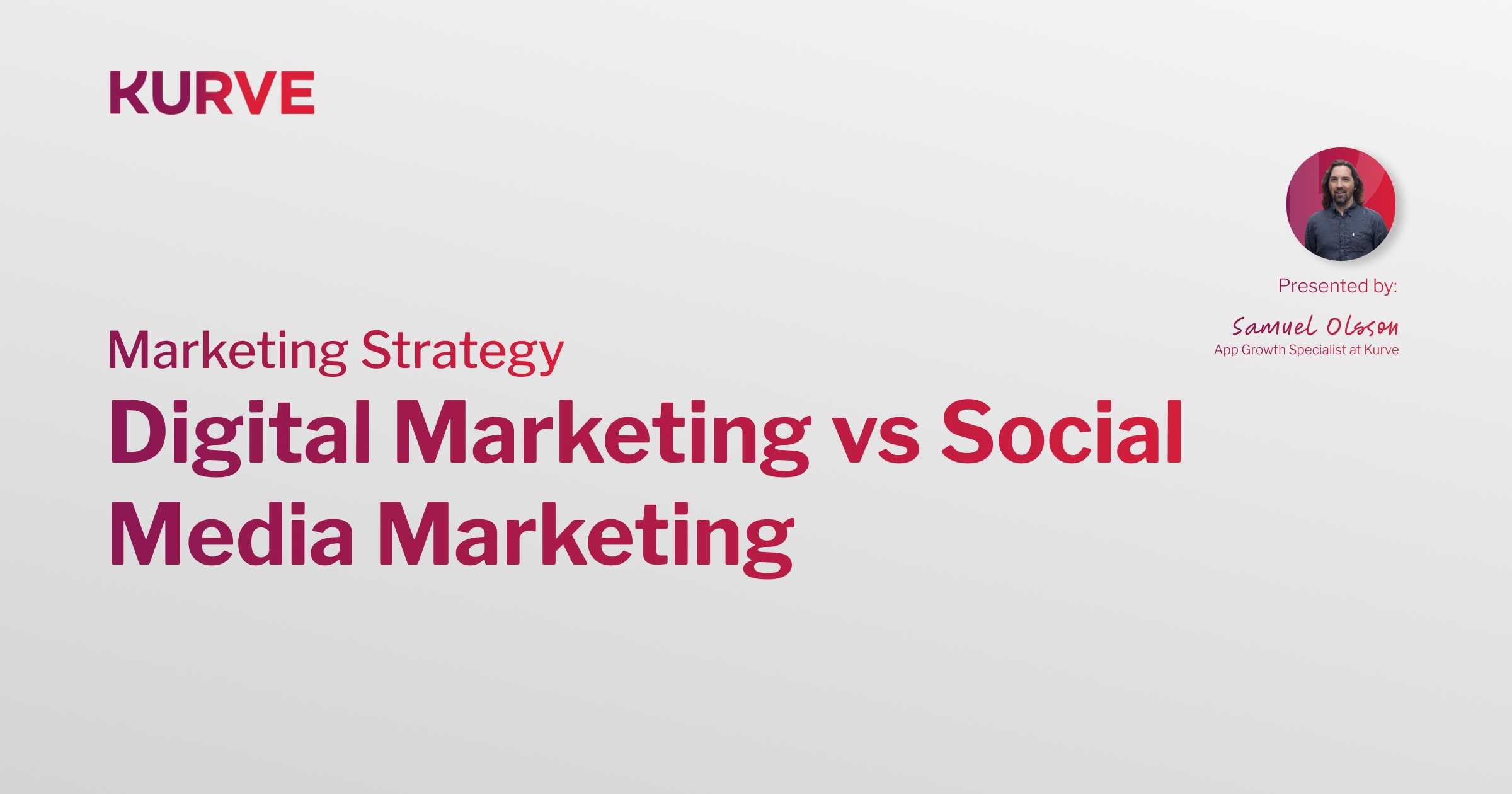Boost Conversions & Reduce Churn For Subscription Apps
Optimizing the Customer Journey for Subscription Apps with Hooked Framework and Loss Aversion
Subscription apps live or die by how well they convert casual users into paying customers and keep them engaged over time. Optimizing the customer journey – from first ad impression to sign-up, free trial, conversion, and retention – is key to app growth and long-term success.
In this post, we’ll explore how Nir Eyal’s Hooked framework can guide habit formation and ethical product design, and how the principle of loss aversion can boost conversion optimisation at each stage of the journey. We’ll also examine real-world examples (and missteps) of subscription apps applying these strategies, with actionable takeaways for growth marketers, product managers, and founders.
The Hooked Framework: Habit Formation and Creator Types
Nir Eyal’s Hooked framework describes how products create habits by cycling users through four stages: Trigger, Action, Variable Reward, and Investment. Each pass through this “hook” cycle strengthens automatic behavior, eventually forming an internal trigger (for example, feeling bored = open Instagram). The final step, Investment, is crucial – users put something of value into the product (time, data, content), increasing the product’s value to them and priming the next trigger.
However, Eyal also cautions that building habit-forming products comes with moral implications. He introduced the Manipulation Matrix to evaluate a product maker’s intentions, asking two key questions:
- Would I use the product myself?
- Will the product materially improve the user’s life?
Depending on the answers, product creators fall into four quadrants: Facilitators, Peddlers, Entertainers, or Dealers. These “creator types” influence how a product’s customer journey is crafted and its long-term impact on users.

The Four Creator Types
The Facilitator (Yes/Yes)
If you would use the product and believe it improves lives, you’re facilitating a healthy habit. Facilitators have the highest chance of long-term success because they deeply understand user needs. Their customer journeys tend to be user-centric and value-driven.
The Peddler (No/Yes)
A peddler believes the product benefits users but wouldn’t use it themselves. This disconnect can lead to misalignment between product features and actual user motivations, reducing long-term engagement.
The Entertainer (Yes/No)
Entertainers use their product regularly but don’t believe it improves users’ lives in a meaningful way. Many viral games and novelty apps fit here – popular for a time, but usage fades when the novelty wears off.
The Dealer (No/No)
Dealers neither use the product nor genuinely believe it helps users. These apps often rely on manipulative tactics like dark patterns, leading to short-term conversions but high churn rates and reputational damage.
Key takeaway: Strive to be a Facilitator. When you build a product you believe in and use, you naturally design a smoother journey – removing friction and adding value that genuinely matters.
Leveraging Loss Aversion Across the Customer Journey
Behavioral psychology can amplify user engagement and conversions. One of the most powerful principles is loss aversion – the idea that people feel losses more acutely than equivalent gains.
Below, we break down how to apply loss aversion tactics at each stage of the customer journey.
1. Awareness & Acquisition: “Don’t Miss Out!”
At the top of the funnel, your advertising can harness FOMO (fear of missing out) to drive clicks and sign-ups. Examples:
- Limited-Time Offers: “48-hour flash sale – 50% off your first 3 months of Premium!”
- Scarcity Cues: “Only 5 spots left for our beta – reserve yours today.”
- Highlighting Pain Points: “Still losing money to late fees? Join AppName and never miss a bill.”
2. Onboarding & Sign-Up: “Save Your Progress”
Let users try the product before registering to build investment. Then, leverage loss aversion by prompting them to sign up: “Save your progress by creating an account!”
3. Free Trial Phase: Remind Users What They’ll Lose
Encourage users to create playlists, projects, or settings they won’t want to abandon. Then, send reminders like: “Your free trial ends tomorrow – don’t lose access to your personalized features!”
4. The Conversion Moment: Nudge the Decision
Use time-sensitive incentives: “Subscribe now and get 20% off your first year – limited-time offer.”
5. Retention & Renewal: Keep Them from Leaving
Retention tactics include:
- Streaks & Progress Tracking: Encourage daily usage (e.g., Duolingo’s streaks).
- Cancellation Friction: Remind users what they’ll lose: “Without Premium, you’ll lose unlimited storage and priority support.”
- Loyalty Programs: Send reminders: “Your reward points expire next month – use them while you can!”
Actionable Takeaways for App Growth
- Build Habit Loops Ethically: Use the Hooked model to reinforce user engagement.
- Be a Facilitator, Not a Dealer: Align conversion tactics with genuine value.
- Use Loss Aversion in Messaging: Frame decisions in terms of avoiding loss.
- Map Loss Aversion to Journey Stages: Apply it at every stage, from awareness to retention.
- Don’t Overdo It – Be Sincere: Ensure that scarcity tactics enhance user experience rather than manipulate.
By integrating these principles, subscription apps can improve conversions and retention while ensuring long-term user satisfaction and sustainable growth.


